On this page you can see an overview of the UML Tutorials. In this Tutorial series the basics of UML Modelling for Java will be covered. With exception of the first video, for the UML Modelling the Eclipse IDE with Papyrus plugin will be used.
As with the other video series, the UML Tutorial series in ongoing and several videos are expected to be added in the future.
|
UML Tutorial – 0.1 – Installing NetBeans 6.5.1 with UML Plugin
|
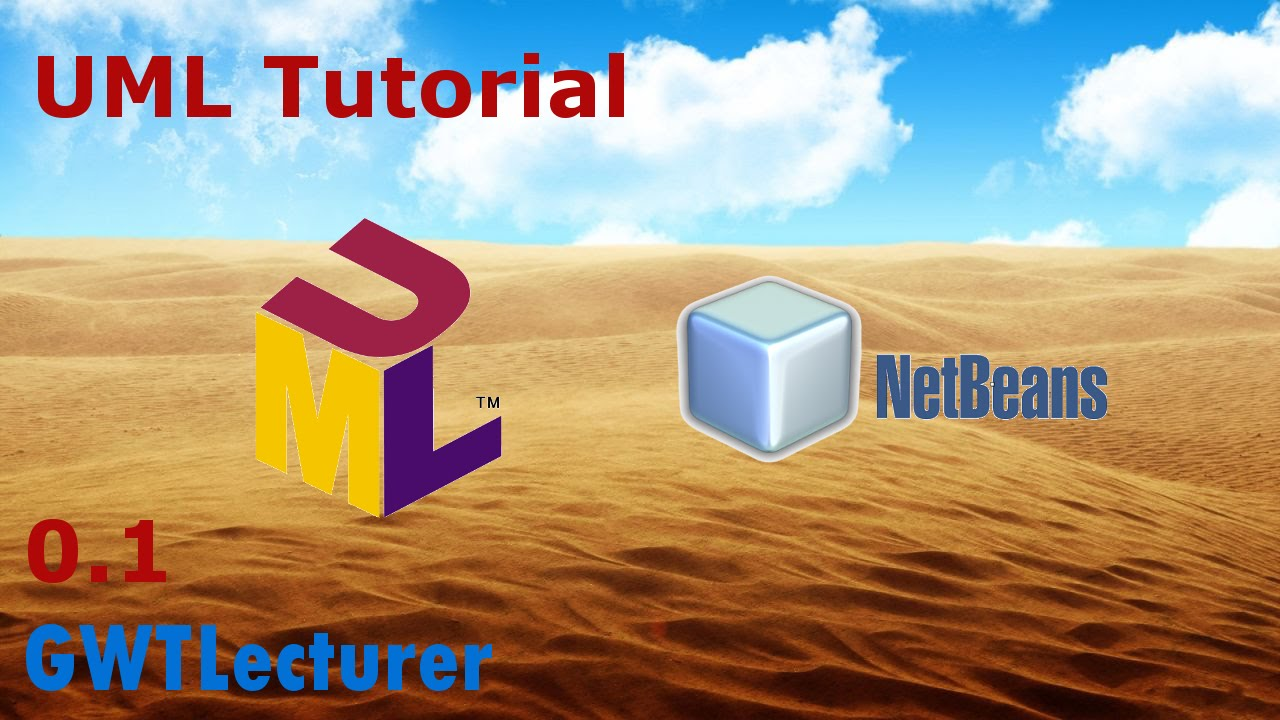
|
|
In this Tutorial I will be demonstrating how to install the old NetBeans 6.5.1 with UML Plugin on a system which has Java JDK 7 installed (not supported by NetBeans). In the video you will see how I install Java JDK 6u11 next to my JDK 7, how I install NetBeans 6.5.1 and finally install the NetBeans UML Plugin.
|
|
|
|
UML Tutorial – 0.2 – Installing the Eclipse Papyrus plugin for Java UML Modelling
|

|
|
In this video will be explained how to install the Papyrus plugin for UML Modelling in Eclipse. Next to installation of the Plugin, it will also be shown how it can be configured to allow for the creation of Java UML Models.
|
|
|
|
UML Tutorial – 1.0 – Basics of Use Case Diagrams in Eclipse with Papyrus
|
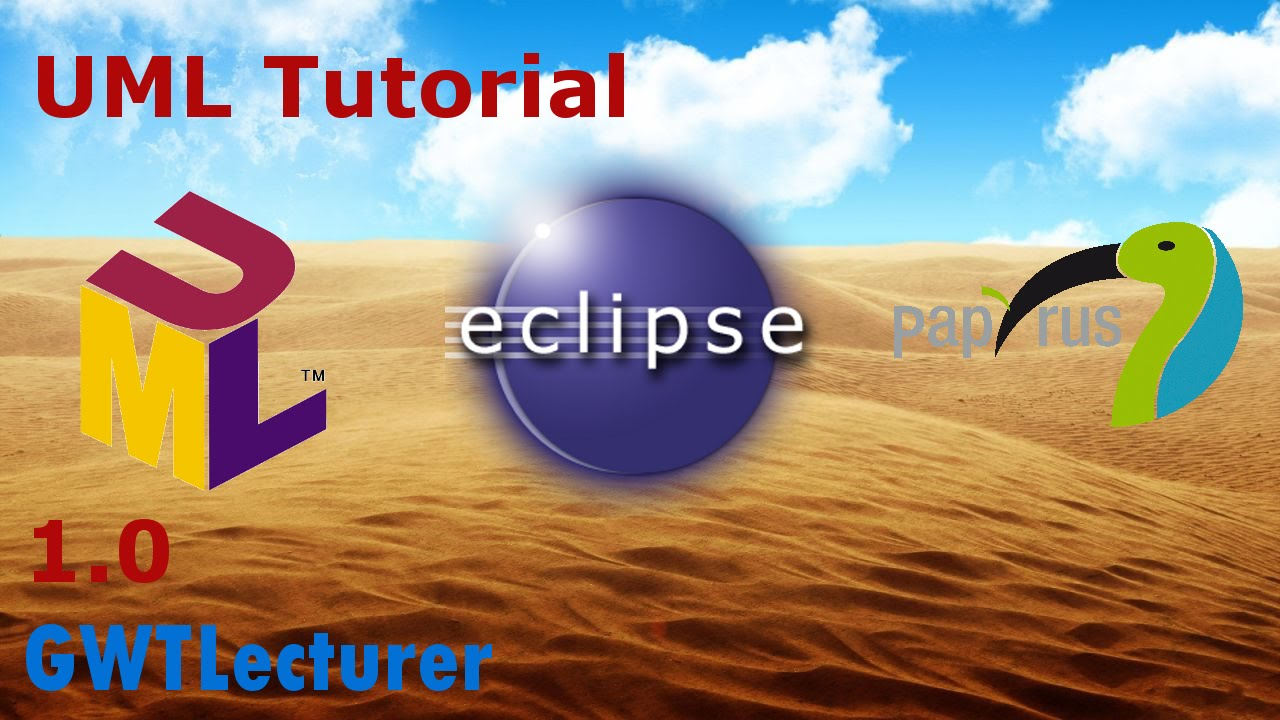
|
|
In this video the fundamentals of the Use Case Diagram will be explained. Next to that will be demonstrated how to draw a Use Case Diagram in Eclipse with Papyrus.
|
|
|
|
UML Tutorial – 1.1 – Basics of Use Case Scenarios
|
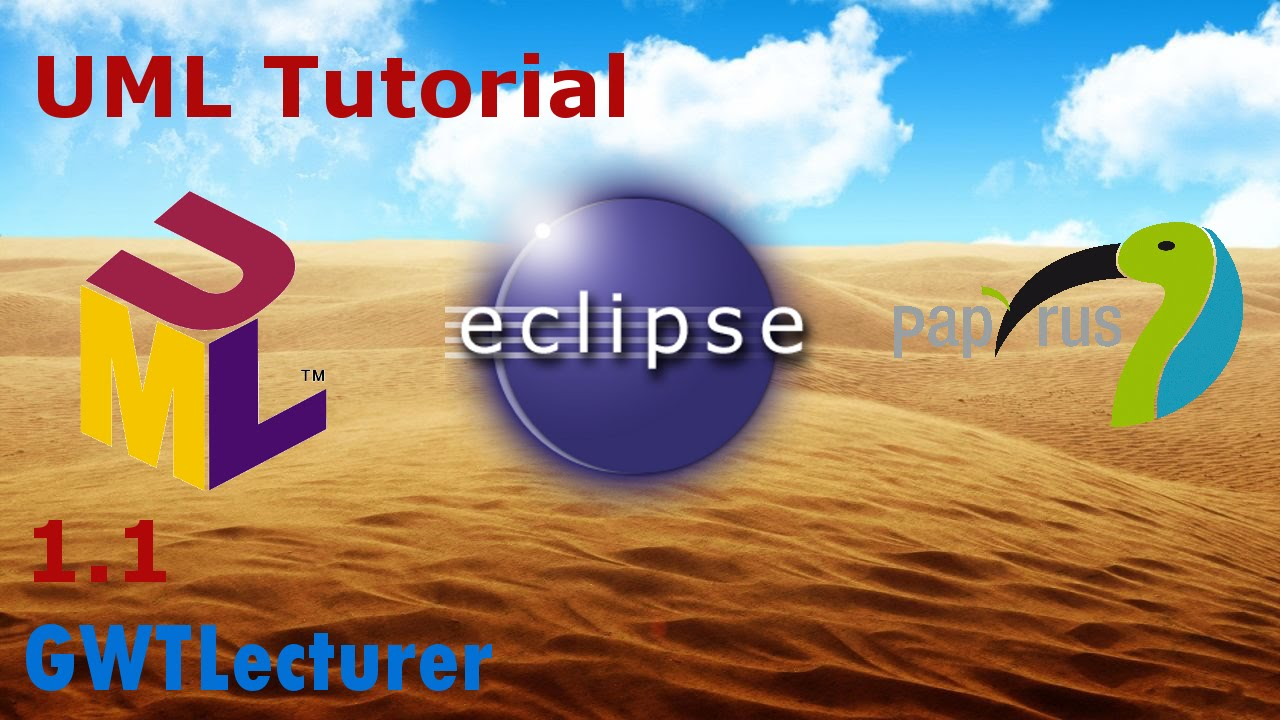
|
|
In this video will be explained how to create a Use Case Scenario for a single Use Case in a Use Case Diagram
|
|
|
|
UML Tutorial – 2.0 – Basics of Activity Diagrams in Eclipse with Papyrus
|
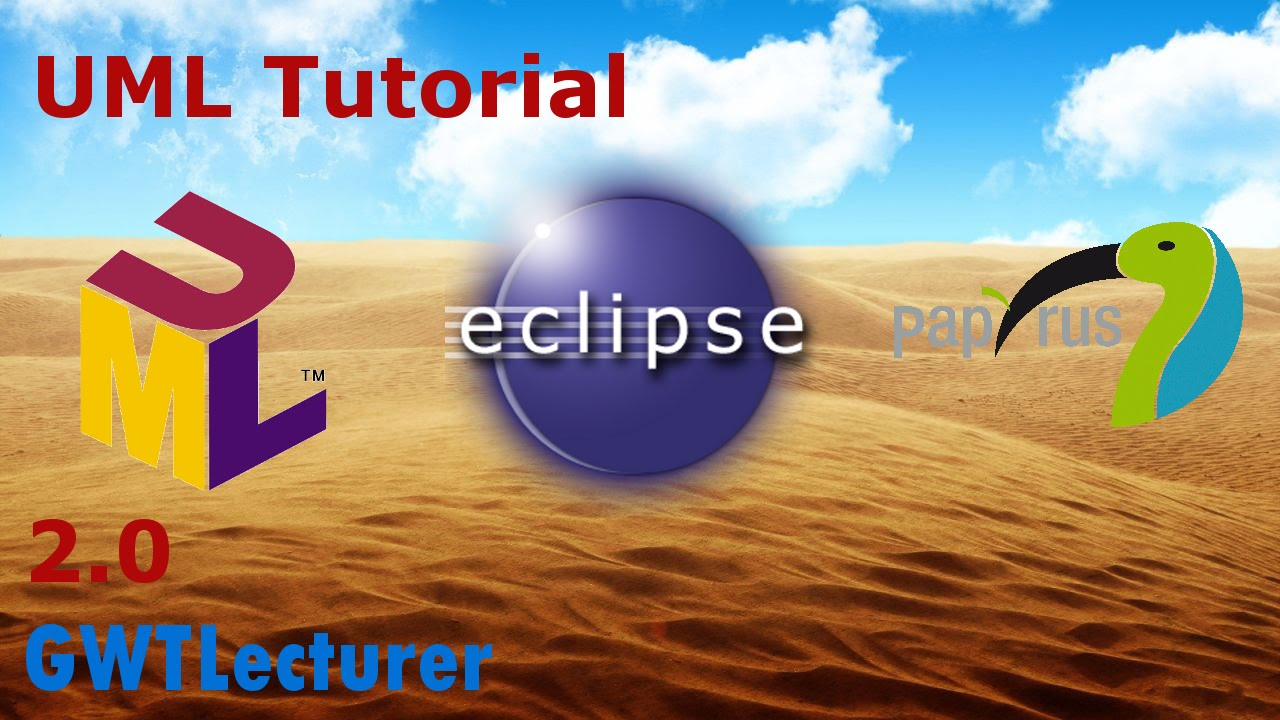
|
|
In this video the basics of an Activity Diagram will be explained. Next to that will be explained how to map a Use Case Scenario to a Activity Diagram.
|
|
|
|
UML Tutorial – 3.0 – Basics of Java Class Diagrams in Eclipse with Papyrus
|
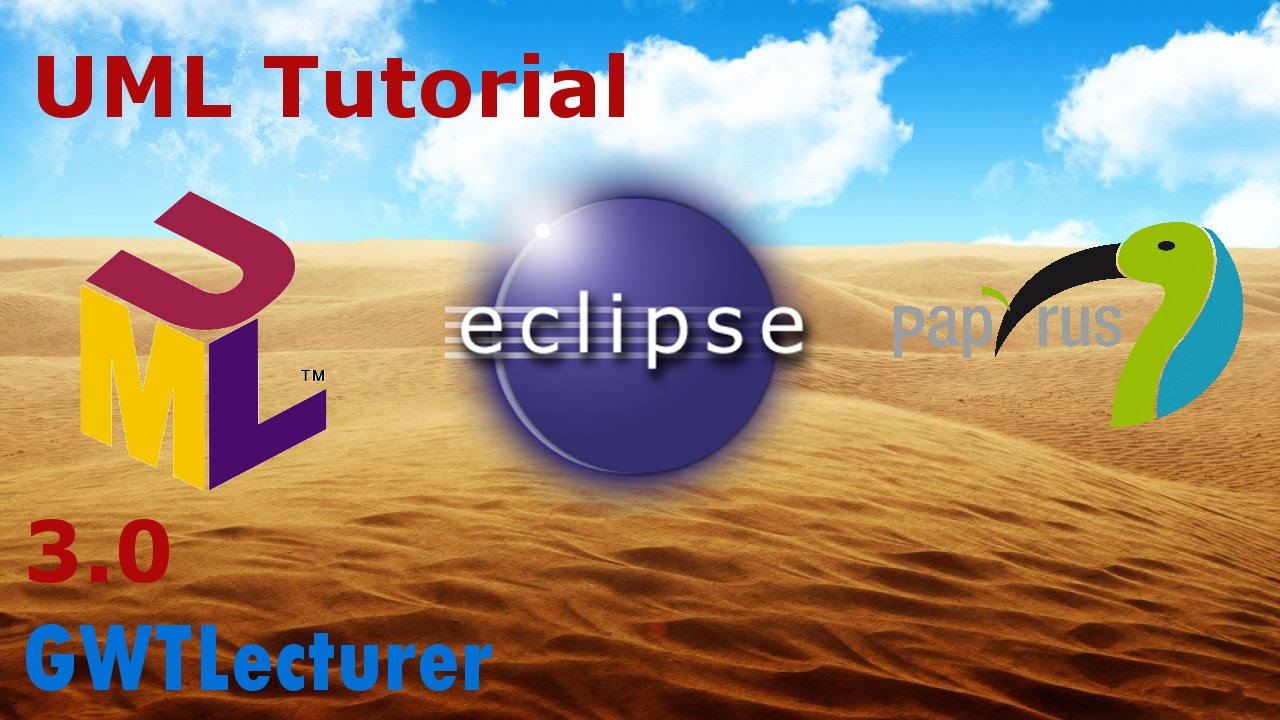
|
|
In this video will be explained how to create a basic Java based UML Class Diagram in Eclipse with the Papyrus Plugin.
|
|
|
|
UML Tutorial – 3.1 – Basics of Java Constructors in a Class Diagram in Eclipse with Papyrus
|
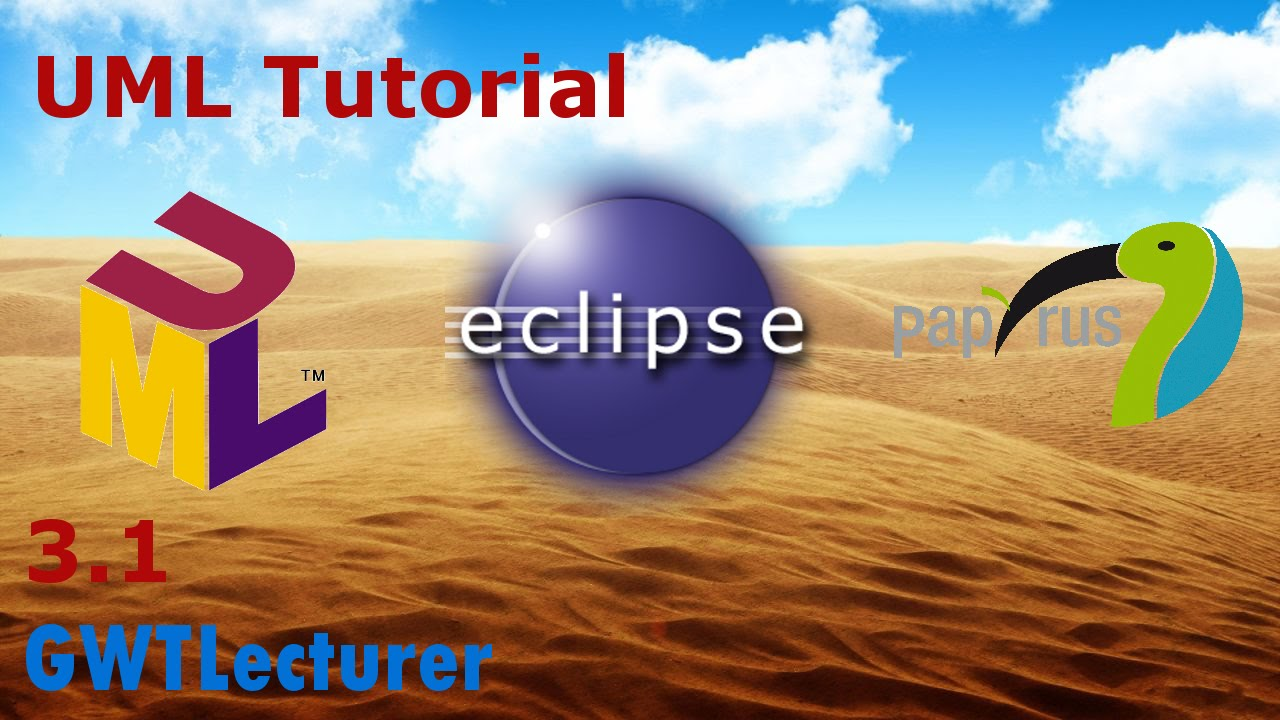
|
|
In this video will be explained how to model Java Constructors in a Java based UML Class Diagram in Eclipse with the Papyrus Plugin.
|
|
|
|
UML Tutorial 3.2 – Basics of Association relationships in a Java Class Diagram with Papyrus
|
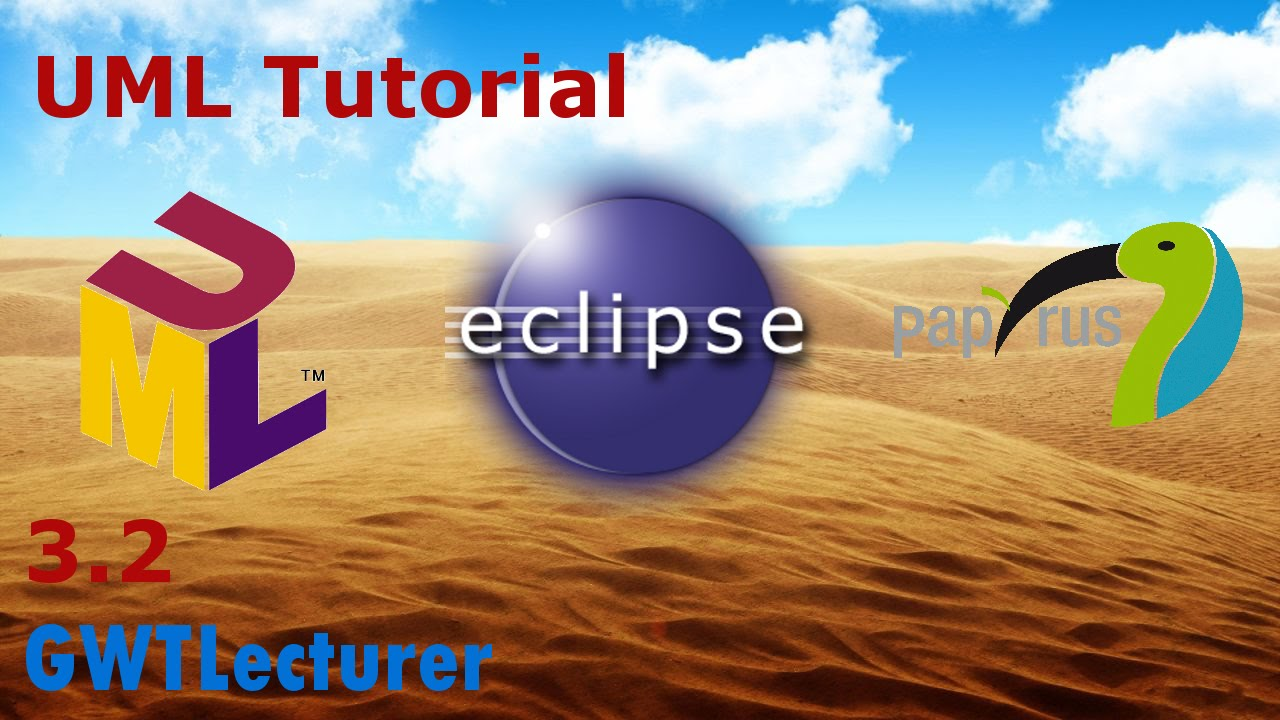
|
|
In this video will be explained how to model different association relationships in a Java based UML Class Diagram in Eclipse with the Papyrus Plugin.
|
|
|
|
UML Tutorial – 4.0 – Basics of Modelling Java Inheritance in Eclipse with Papyrus
|
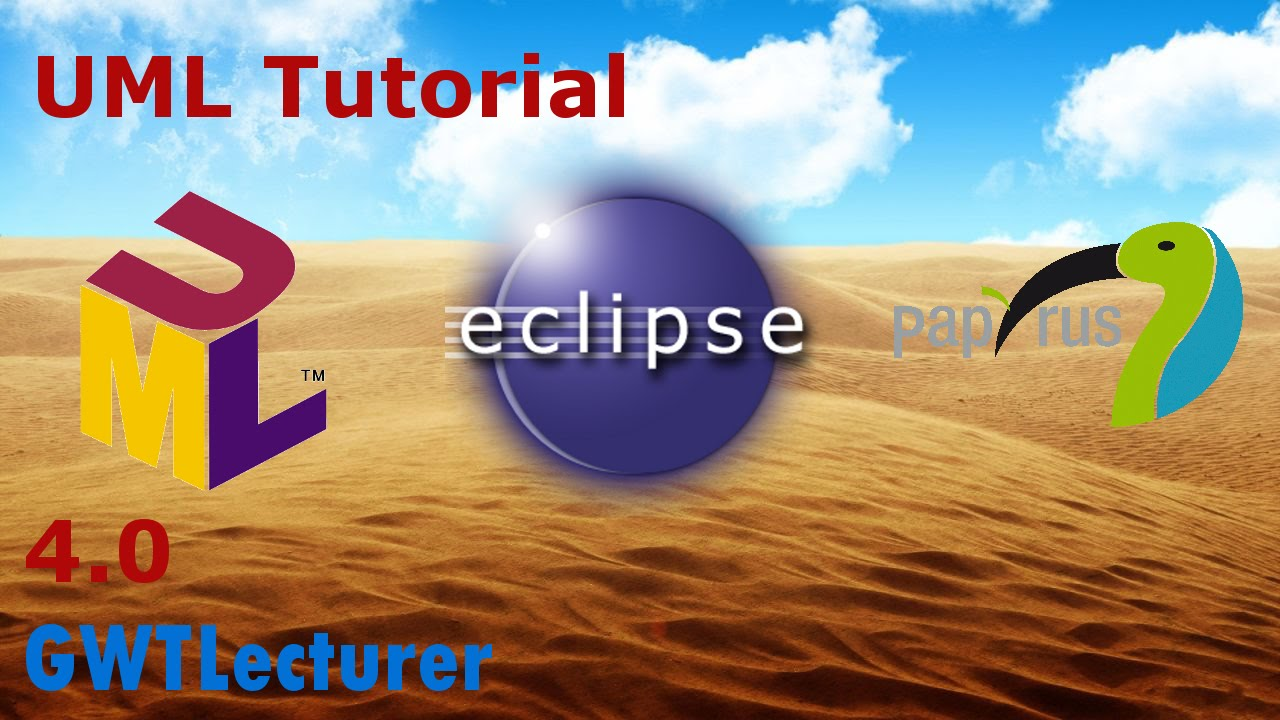
|
|
In this video will be discussed how a inheritance relationships can be modeled for a Java Class Diagram in Eclipse with Papyrus.
|
|
|
|
UML Tutorial – 4.1 – Basics of Modelling Java Overloaded Methods in Eclipse with Papyrus
|
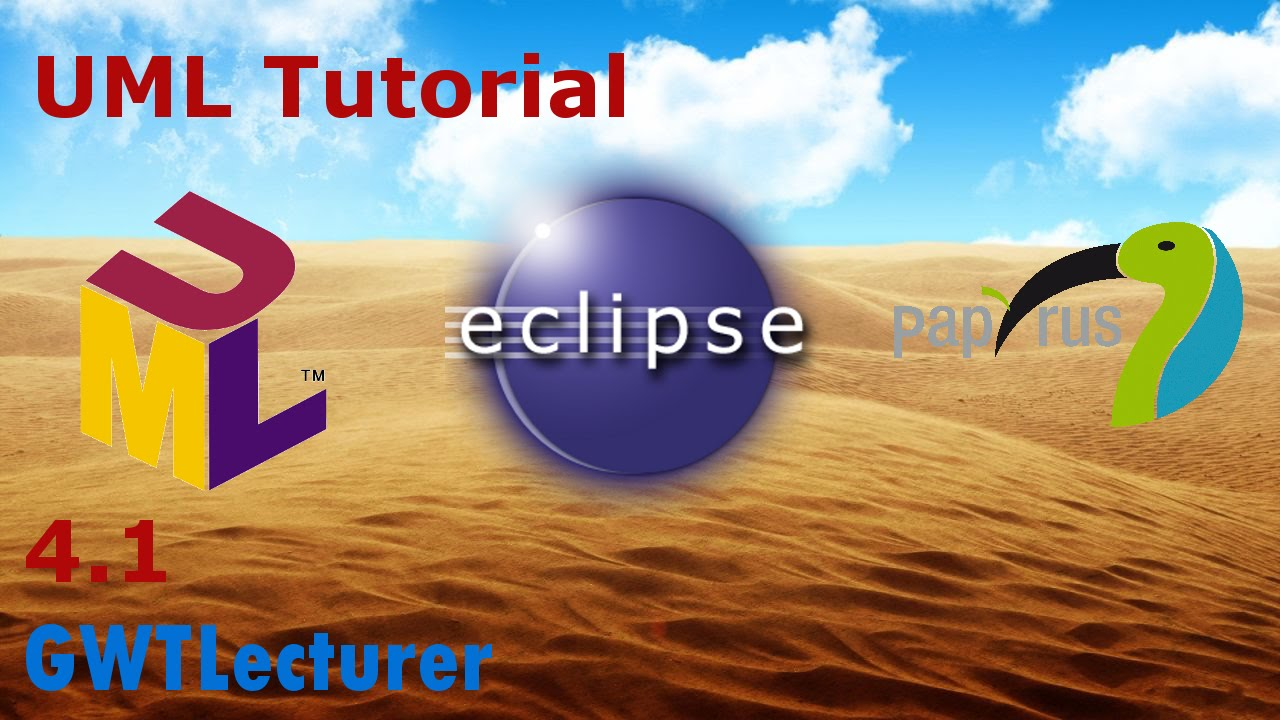
|
|
In this video will be discussed how overloaded methods can be modeled in a Java Class Diagram in Eclipse with Papyrus.
|
|
|
|
UML Tutorial – 4.2 – Basics of Modelling Java Abstract Classes in Eclipse with Papyrus
|
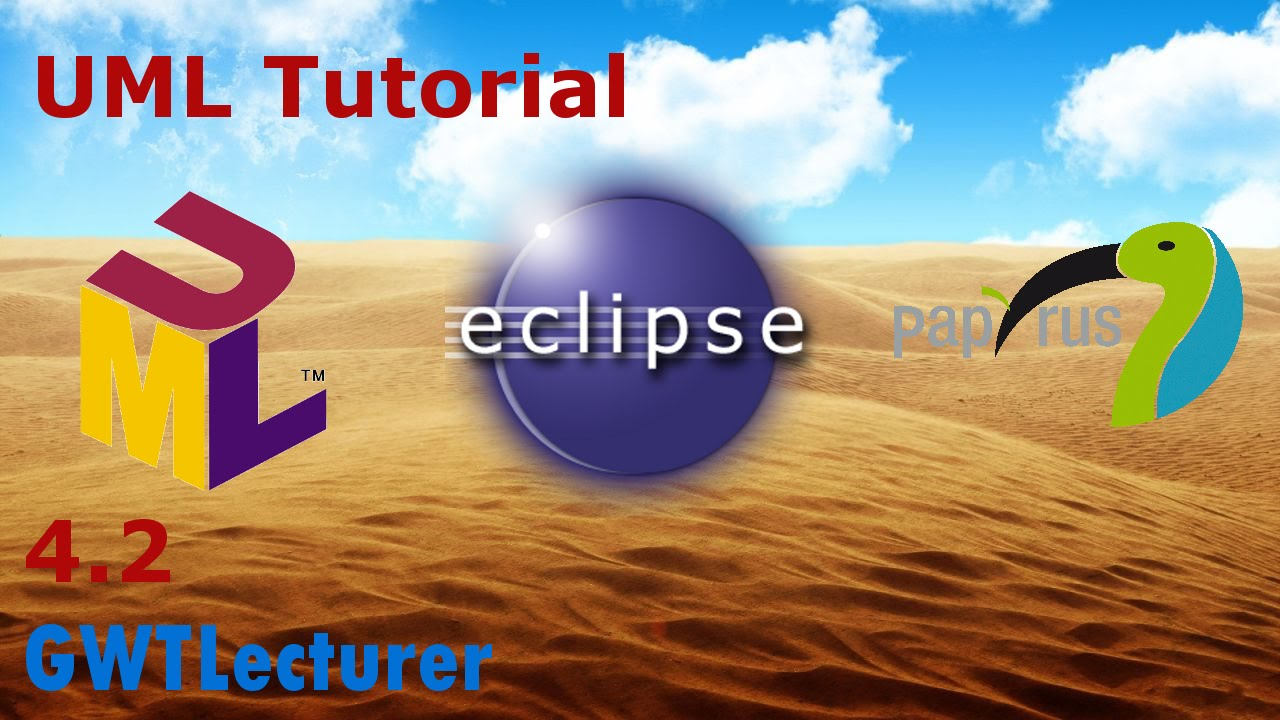
|
|
In this video will be discussed how Abstract Classes can be modeled in a Java Class Diagram in Eclipse with Papyrus.
|
|
|
|
UML Tutorial – 4.3 – Basics of Modeling Java Interfaces in Eclipse with Papyrus
|
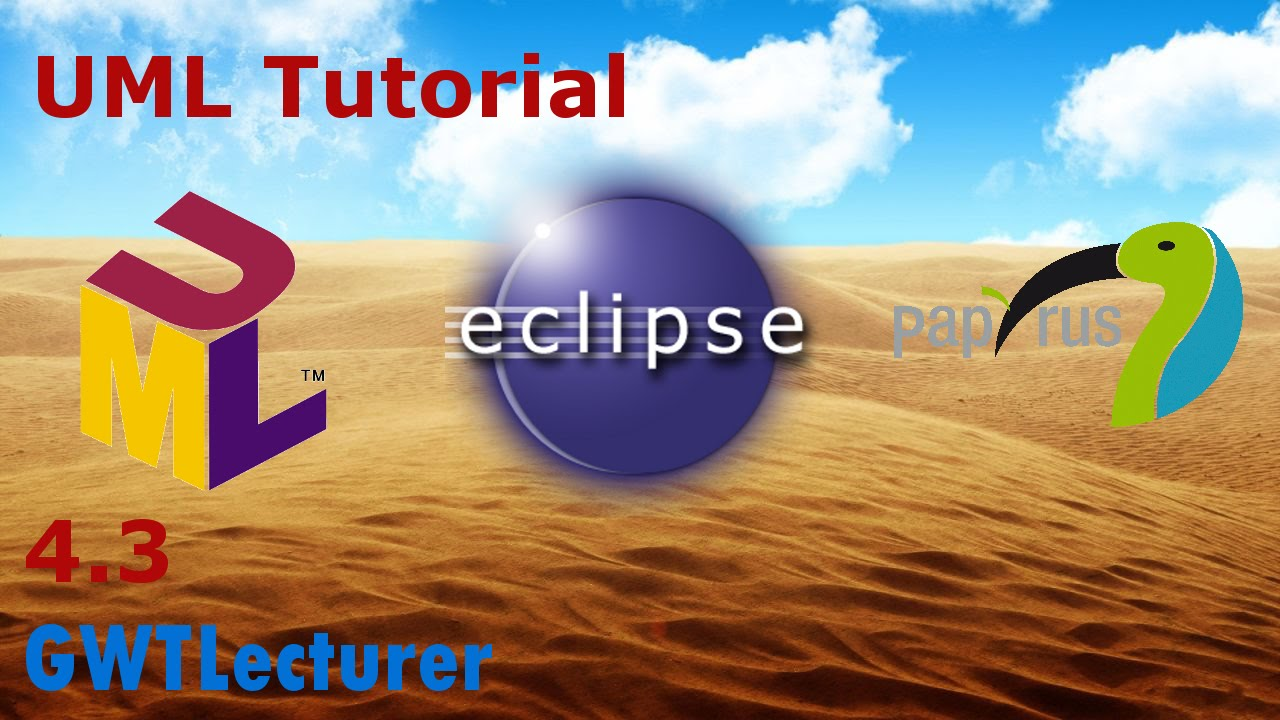
|
|
In this video will be discussed how Interfaces can be modeled in a Java Class Diagram in Eclipse with Papyrus.
|
|
|
|
UML Tutorial 5.1 – Basics of UML Class Diagram for Robustness Analysis in Eclipse with Papyrus
|
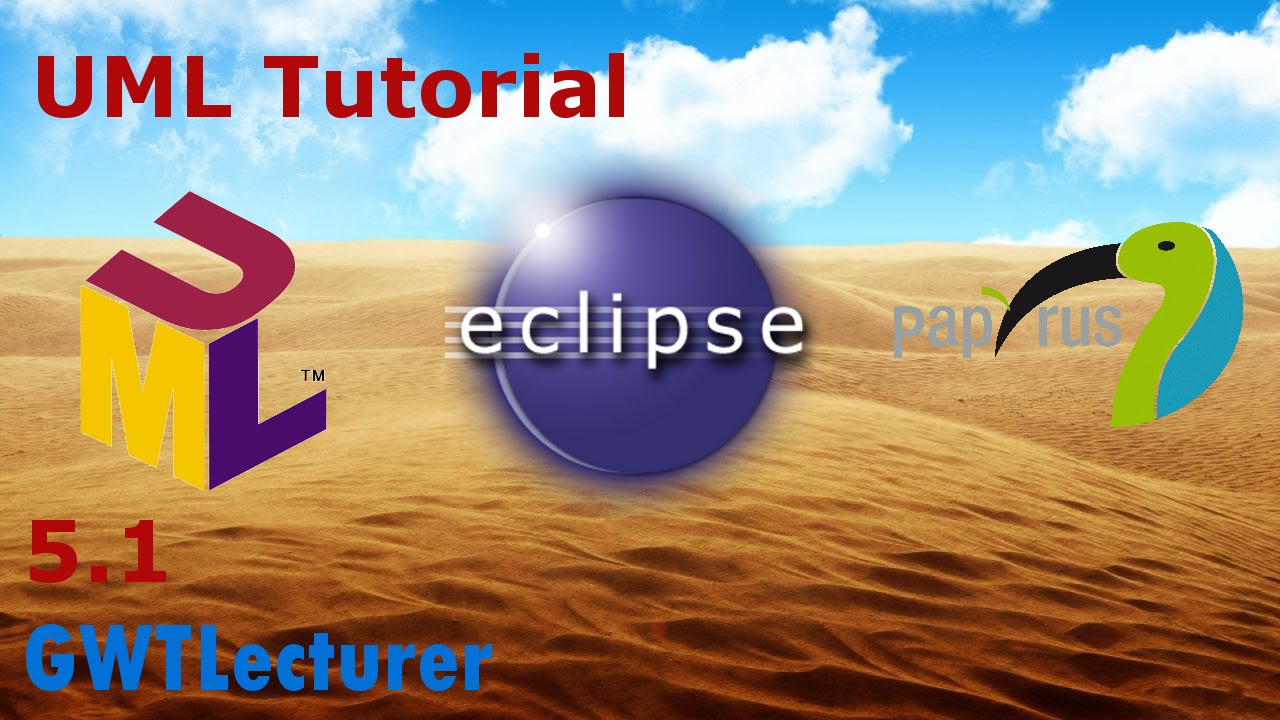
|
|
This video is the first in a series of three videos which, next to modelling, talks about the Software Design concept named “Robustness Analysis”.
In this video will be discussed how to start building towards a MVC based Software Architecture using a simple Class Diagram with Stereotypes.
The example in this video will be expanded upon in the next two videos.
|
|
|
|
|
|
UML Tutorial 5.2 – Basics of UML Communication Diagrams for Robustness Analysis with Papyrus
|
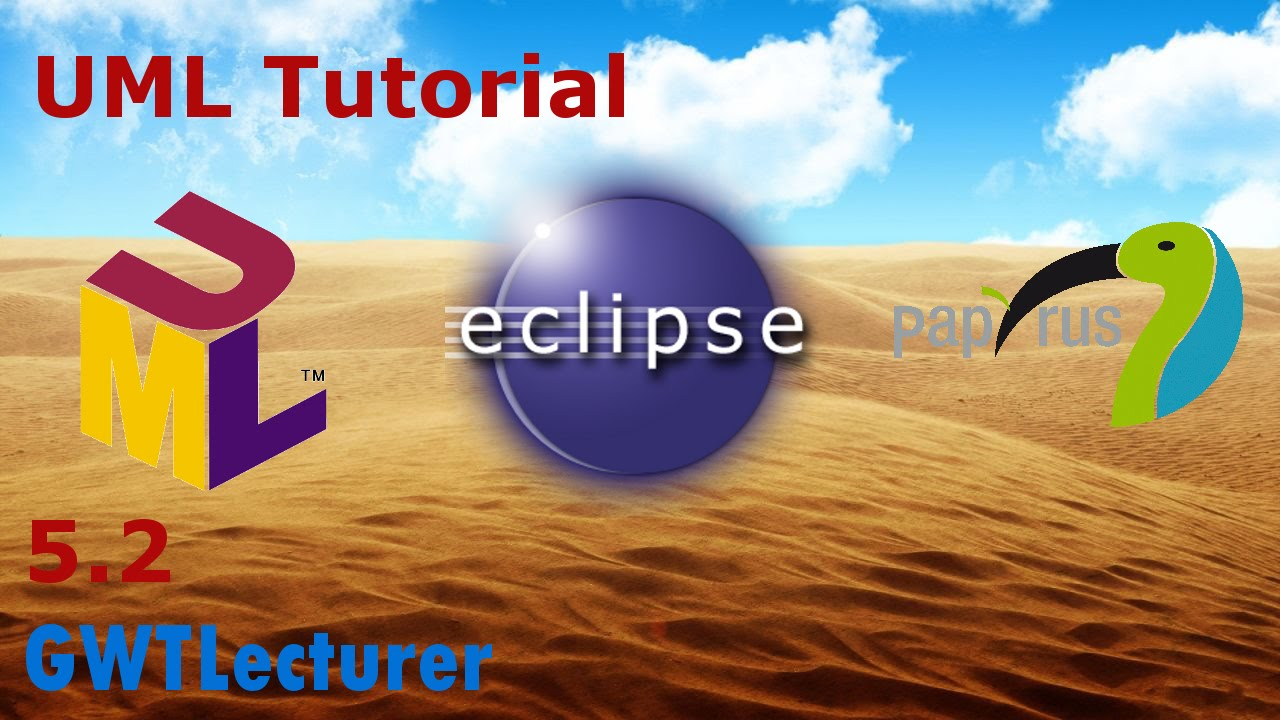
|
|
This video is the second in a series of three videos which, next to modelling, talks about the Software Design concept named “Robustness Analysis”.
In this video will be discussed how to continue building towards a MVC based Software Architecture with our previously made simple Class Diagram using Communication Diagrams.
The example in this video expands upon the example of the first video in the series.
|
|
|
|
|
|
UML Tutorial 5.3 – Basics of UML Sequence Diagrams for Robustness Analysis in Eclipse with Papyrus
|

|
|
This video is the third in a series of three videos which, next to modelling, talks about the Software Design concept named “Robustness Analysis”.
In this video will be discussed how to continue building towards a MVC based Software Architecture with our previously made simple Class Diagram and Communication Diagrams using Sequence Diagrams.
The example in this video expands upon the example of the two videos in the series.
|
|
|
|
|















